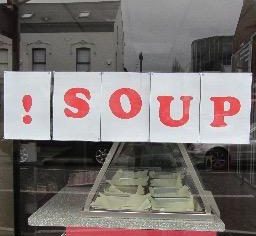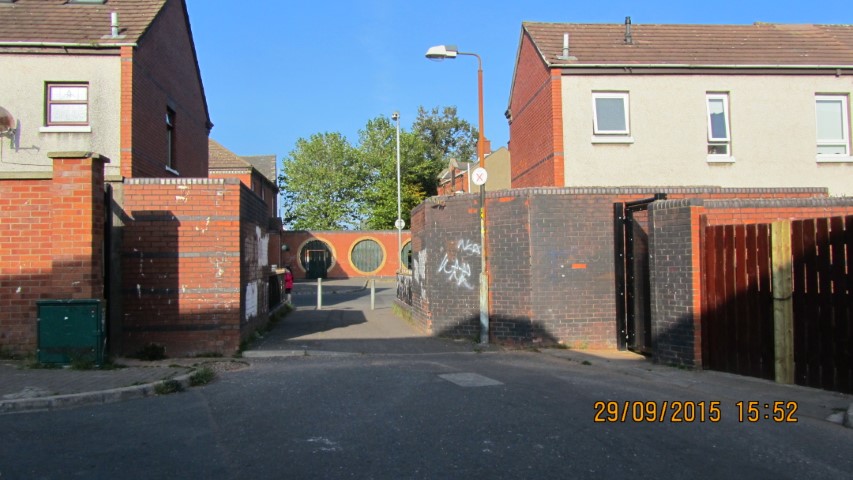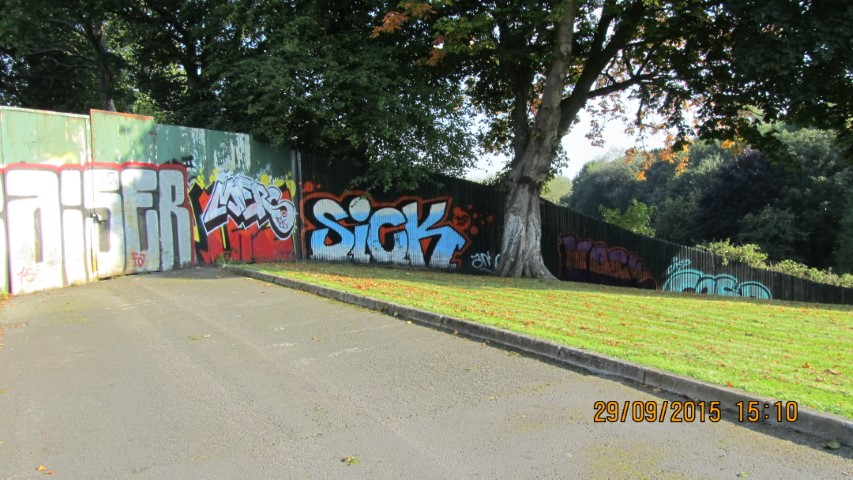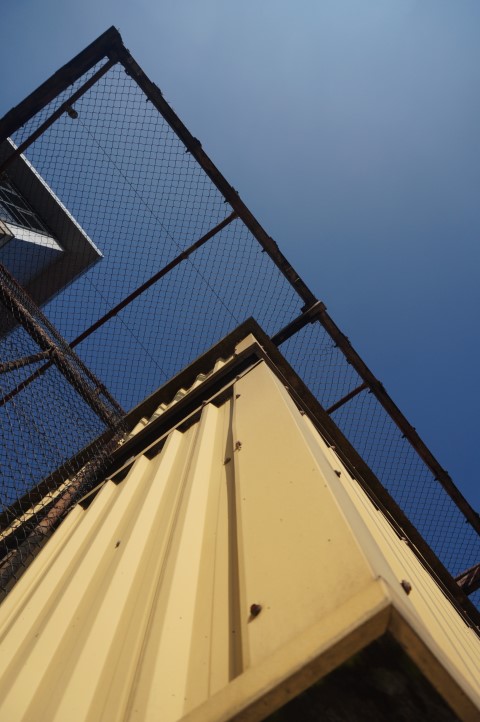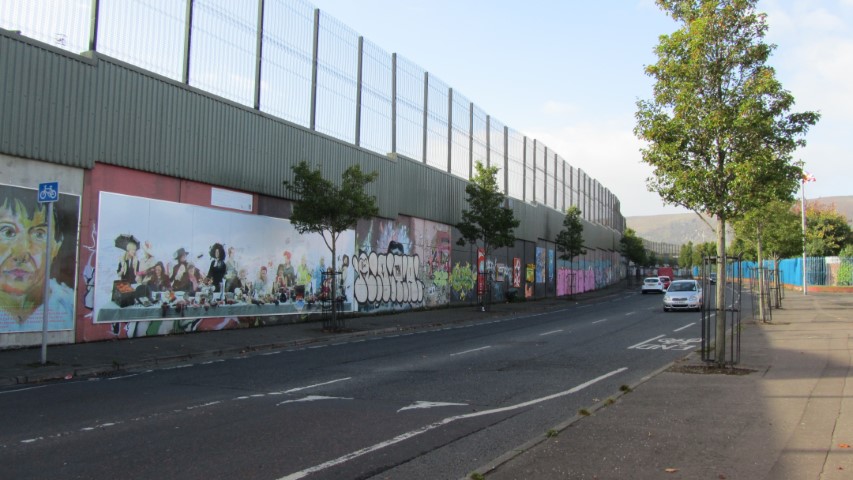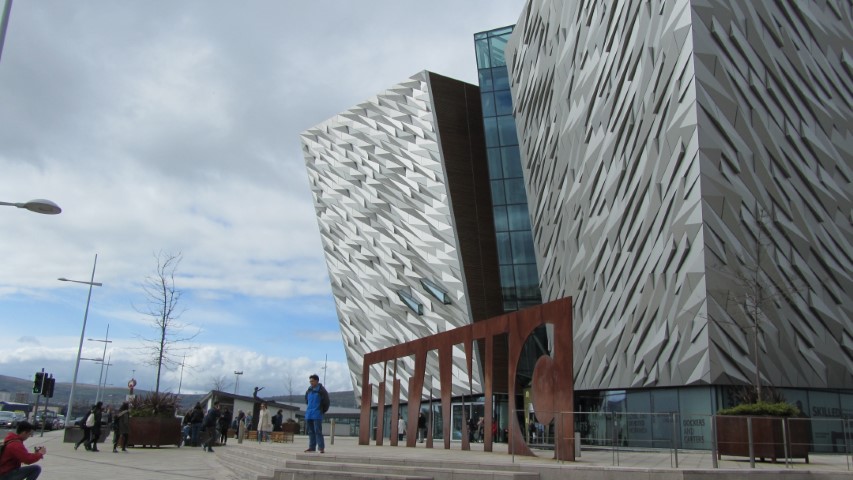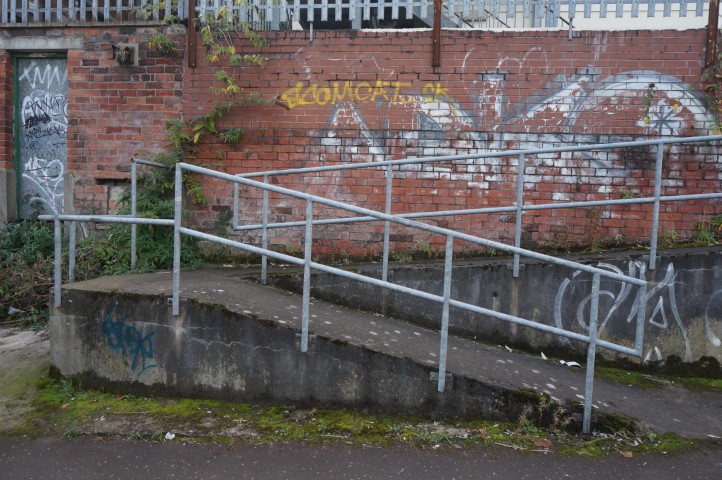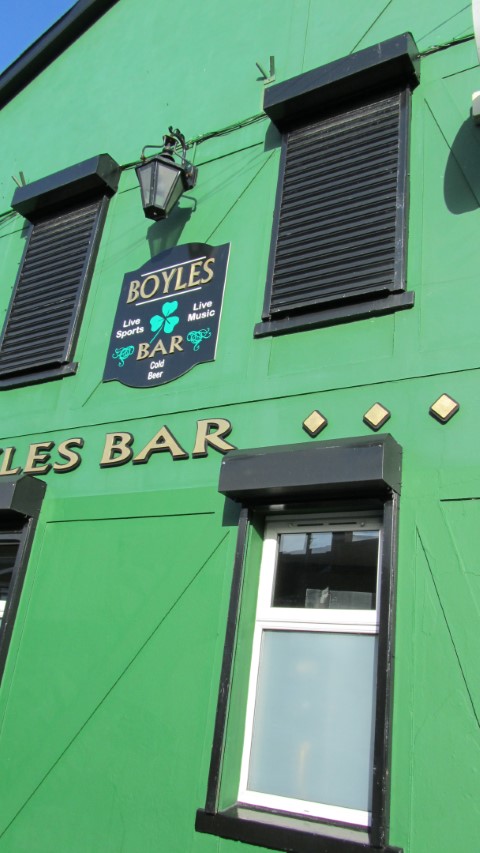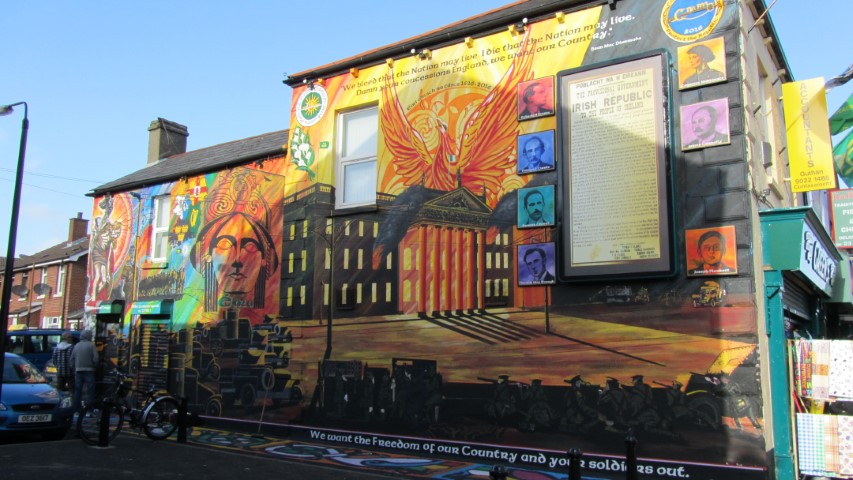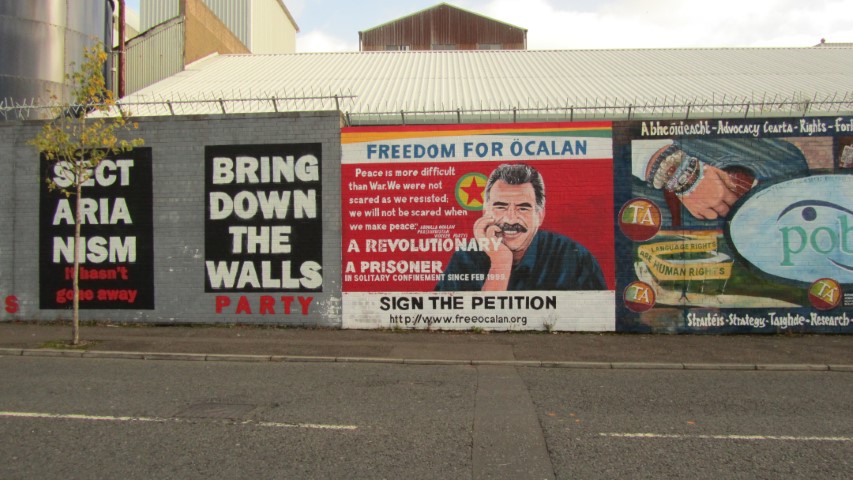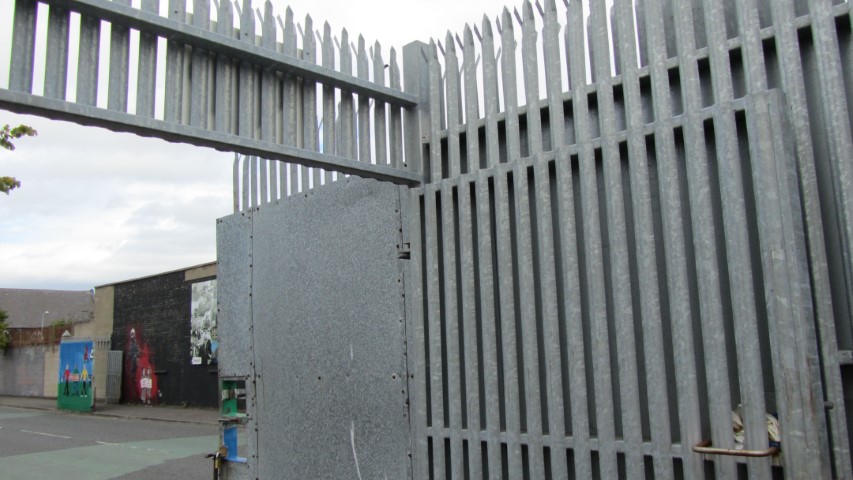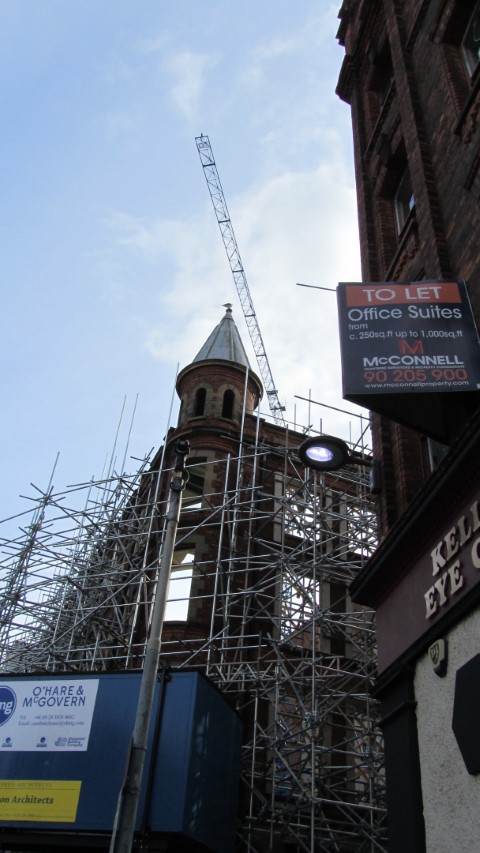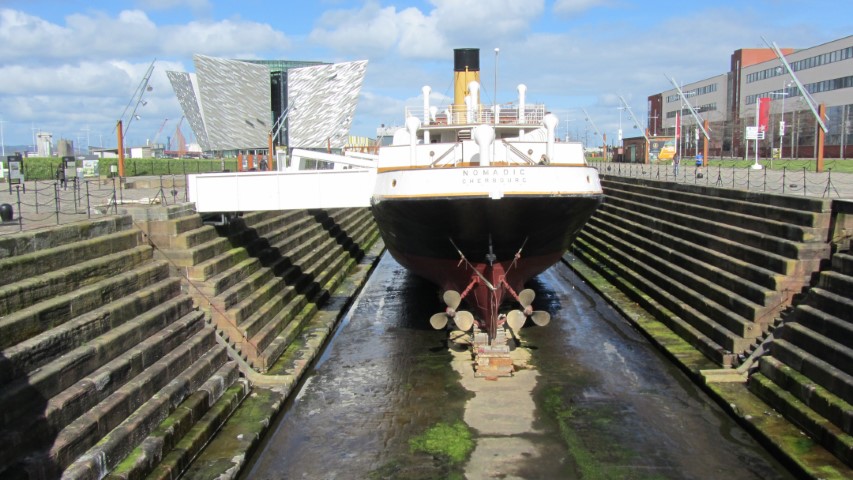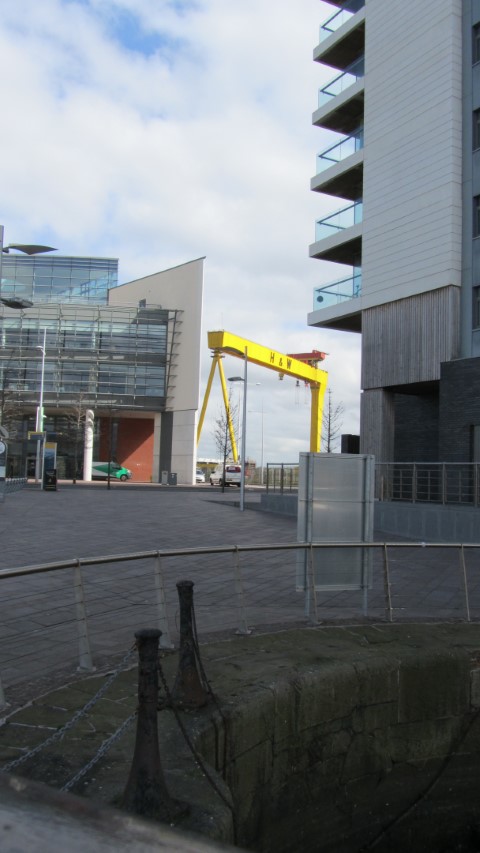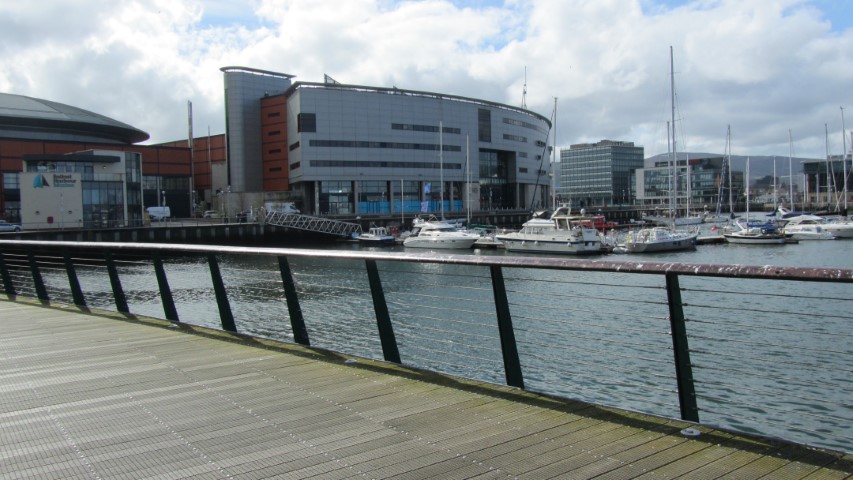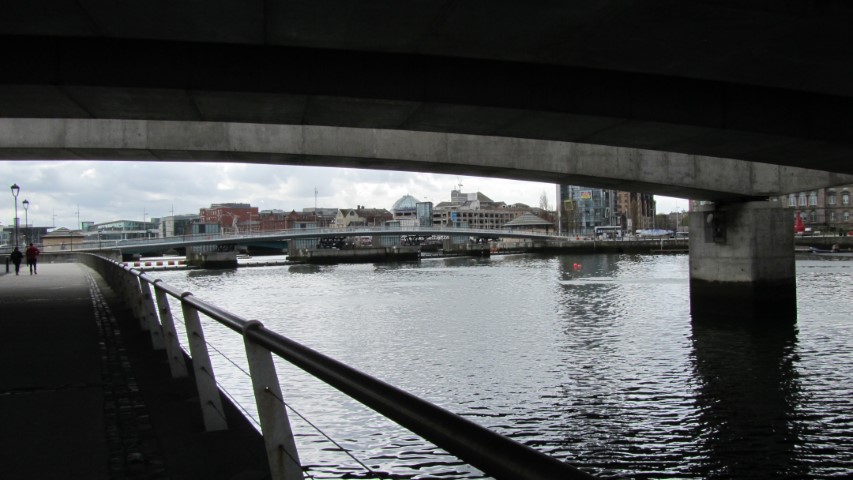Research Paper
Graphic Degeneration, regeneration
2015
Any city, as Lynch suggests, is a ‘construction in space, but one on a vast scale, a thing perceived only in the course of long spans of time’, it ‘bears traces of countless past lives’, evidencing the participation by many actors in the creation of its contemporary form. For the designer as researcher there is an opportunity to ‘read’ the topology of the city, its sites and buildings, signs and other visual constructs, applying interpretations grounded in a knowledge of design practice. Such a reading of the city, in accordance with Lefebvre’s proposal that space is socially produced, should, in Belfast, be representative of the embedded ideologies of people in long-standing communities and still prevalent hegemonic struggles. In this spirit this paper sets out to photograph, observe, analyse, document and record the many manifestations of signage in Belfast’s built environment – a symbolic landscape impregnated with meaning through its many visual representations of culture, history and myth.
Research Paper
FRACTURING THE URBAN:
SYMBOLIC VISUAL REPRESENTATIONS OF UNDERLYING SOCIETAL THEMES IN BELFAST
Belfast, Northern Ireland’s capital city, has emerged from a long-standing troubled past to become a city carved into socio-cultural portions. In this divided city communities are separated through interfaces; geographical, architectural, social, political, cultural, planned and arbitrary in nature. This paper, a result of ongoing research since 2010, examines Belfast’s built environment, buildings and signage in their role as joint authors of the creation of the ‘genius loci’. The research focuses on the culturally rich arterial commuter routes, as they pivot around an architecturally and culturally neutral reimaged city centre. On arterial routes, which still often retain the core Victorian architecture of the city’s industrial past, the image of place is created through a rich mixture of buildings and commercial signage, indicating the relative socio-cultural and economic conditions of people living nearby. The paper provides visual analysis of a symbolic city, imbued with meaning through its many visual representations of culture, history and myth, through visual analysis of arterial routes leading from the city centre to surrounding countryside.
Research Paper
Manifesto for ‘spirit of place’: the expressive value of signage on Belfast’s arterial routes in representing wider environmental and societal themes
Commercial signage has a greater presence than any other type of sign in the built environment of cities, conveying a rich tapestry of semiotic codes. While designers are concerned with good practice, invoking semiotic principles, independent retailers with no formal training often create vibrant local signage. Interpreters of signs decode visual information according to their abilities, experiences and needs, but are likely to recognise familiar cultural codes. Signage located within communities, in order to be productive, must speculate the probability of adequately communicating with those who will purchase goods or services, most likely people living nearby. Consequently, commercial signage is often representative of informal community relations, with the spoken language of place gaining physical form through letterforms and cultural connotations expressed through colour and other associated codes. This paper examines signage in the built environment of Belfast’s arterial routes. Photographs demonstrate how local signs, when devoid of civic intervention, can provide a rich resource for interpreting socio-economic, cultural and, in a divided city like Belfast, political underpinnings of place, communicating the true ‘spirit of place’.
Research Paper
SIGNS OF A CITY: SEMIOTIC MARKERS AT ODDS WITH CONSTRUCTED NARRATIVES IN BELFAST
The past twenty years has been a difficult transitional time for Belfast and those who would envision a robust economic future for a city scarred by events of the Troubles, a period roughly from 1969 to 1994. Currently new construction in the city’s centre has reached, along with the number of cranes in the Belfast skyline, unprecedented levels. On social media planners, architects and heritage bodies report daily on ongoing development. The former are concerned with building and regeneration, the latter with the disappearing architecture of a city with no desire to remember the past through associations bound up in an enduring built environment. Historical structures that withstood bombings during the conflict are being systematically destroyed. A once Georgian, then Victorian city centre is being slowly eradicated, with very few buildings in the former style remaining and ever-declining numbers of latter. Where Victorian buildings are allowed to remain ‘Facadism’ has seen them gutted, with only an exterior remaining as a reference to what was once there.
The city has become an architectural composite, with postmodern development reaching a saturation point and the city’s identity, through eradication of tangible and visible structural evidence of its industrial provenance, under threat. This reimaging, borrowing from the architecture of ‘other cities’ is creating a situation where ‘we are currently in danger of reifying our regional city as a retail-focused abstraction of place at the expense of the communities and the people’. Despite ongoing attempts to rebuild the city as a neutral place, a narrative of truth, of the divisiveness underpinning Belfast culture, refuses to be buried in the rubble.
